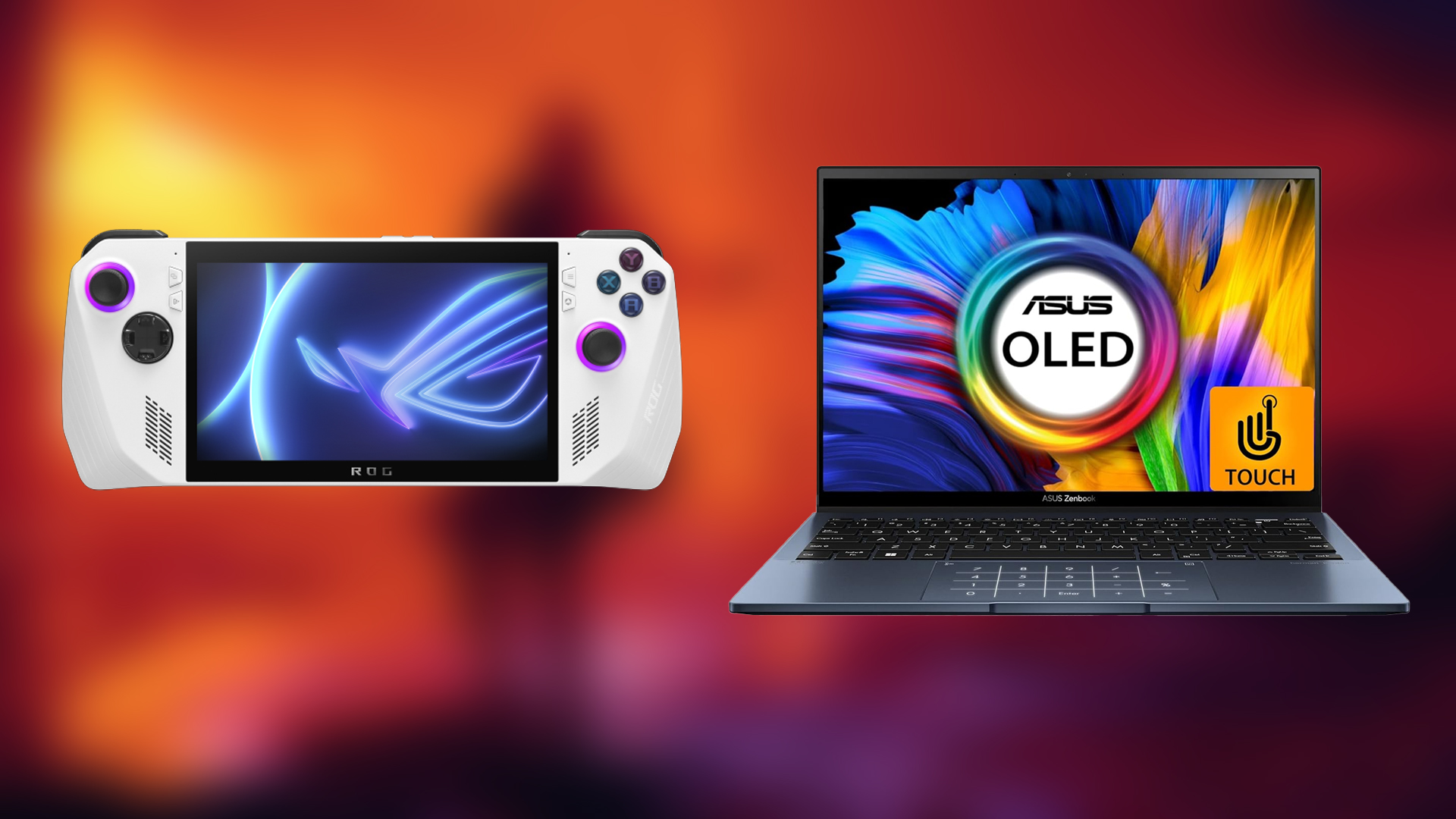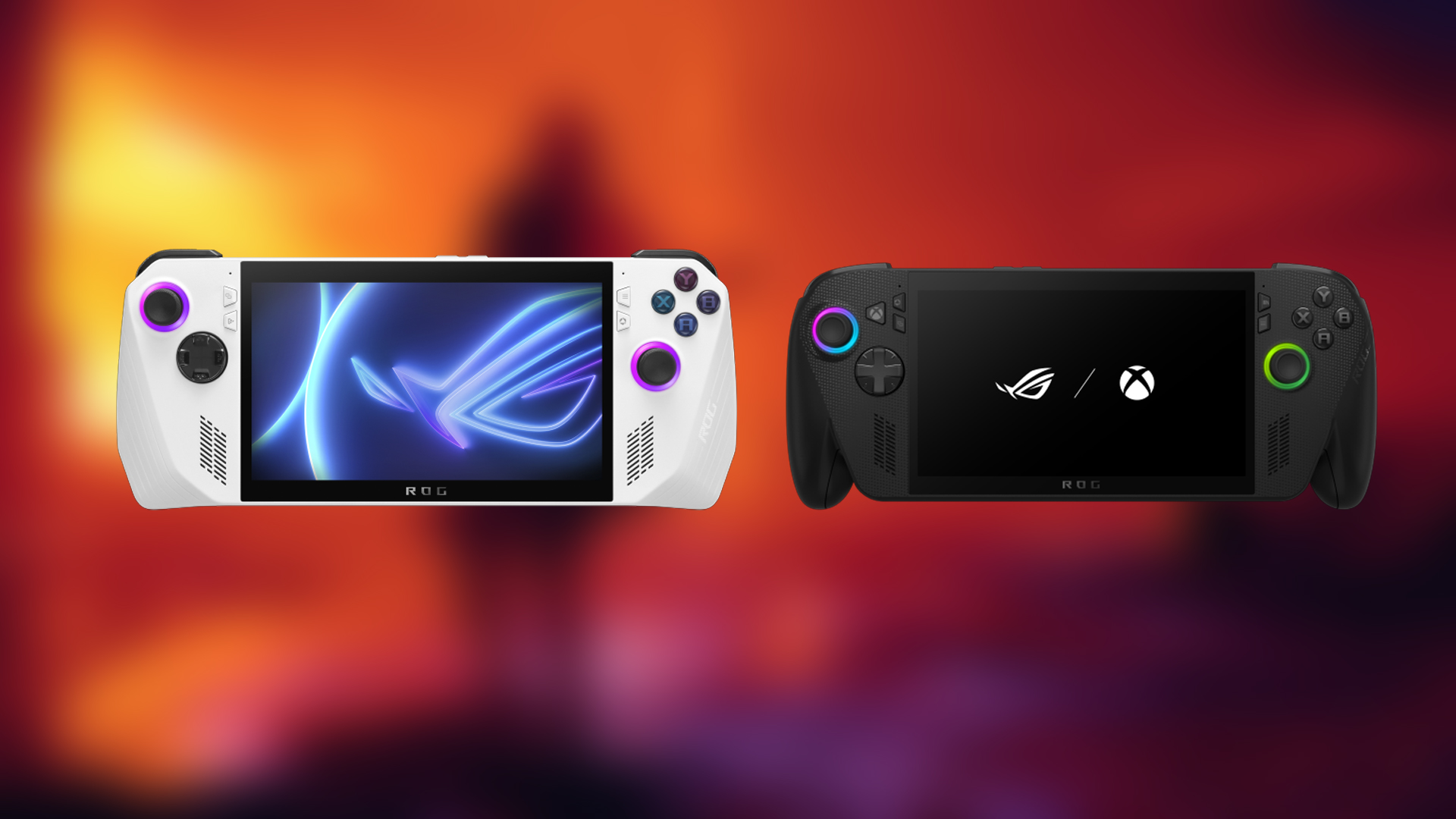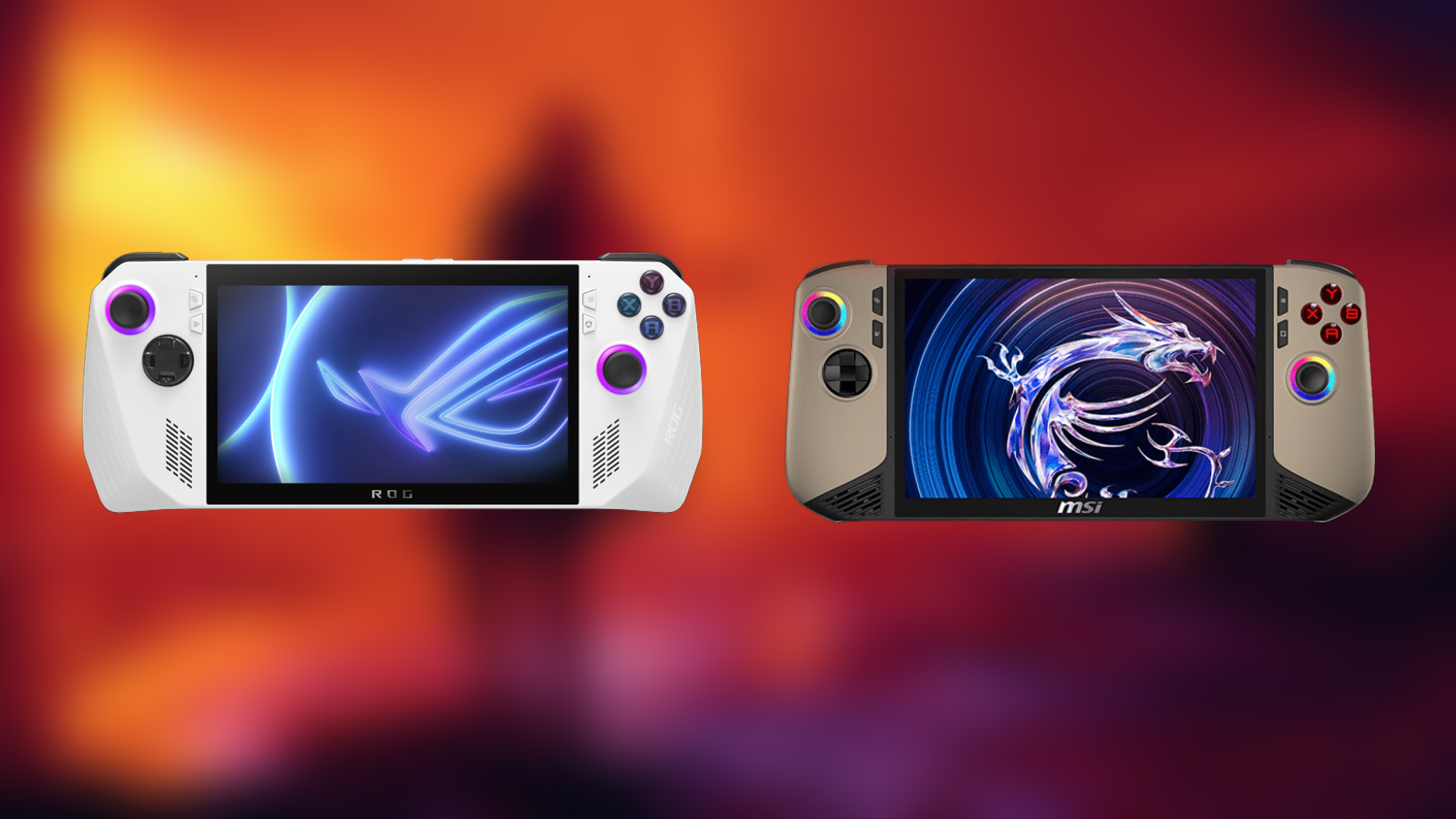Achieve sharper contrast and more accurate colors—learn how to calibrate your monitor for gaming and content creation.
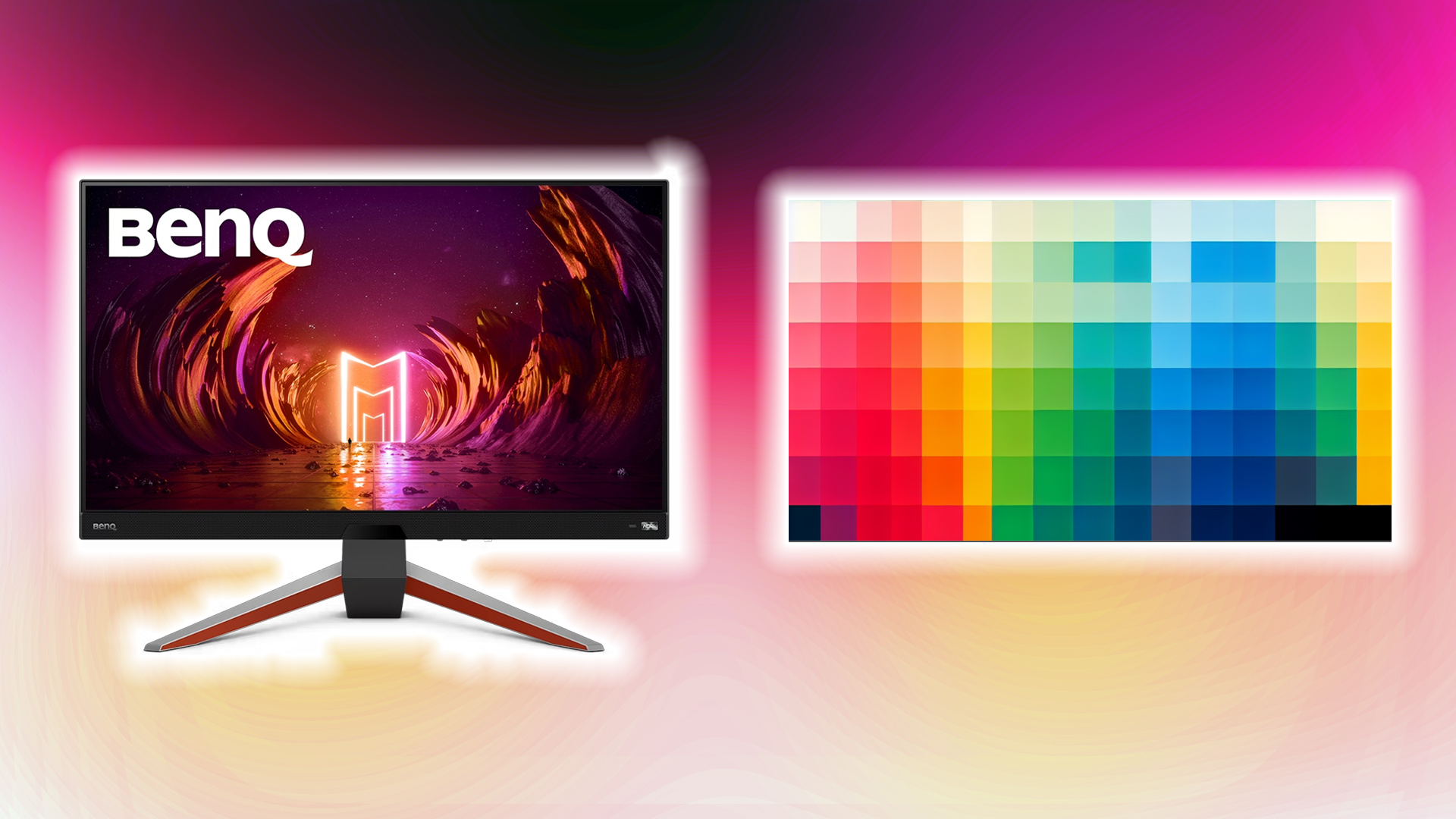
Calibrating your monitor can produce noticeable differences in image quality. Sometimes the difference is night and day. On top of that, the overall image quality also improves drastically. From the manufacturer’s perspective, every panel is treated with identical color coding; as a result, this approach has a potential drawback.
Just like silicon, which is used in CPUs and GPUs that respond to different voltage curves, manufacturers typically offer an approximate voltage, ensuring everything works fine. This same approach is also applied to monitors, not voltage, but rather color profiles or color coding. Once you start tuning, your display’s true potential begins to reveal itself. Here’s how you can tune or calibrate your monitor to suit your preferences and specific use cases.
Note: To achieve Delta E <1 accuracy, professional-grade tools are required; it’s recommended to consult with professionals who specialize in this field. This guide, therefore, provides surface-level advice designed to make your display look good and well-suited for gaming or productivity tasks.
Calibrate Your Monitor for Photo Editing or Gaming
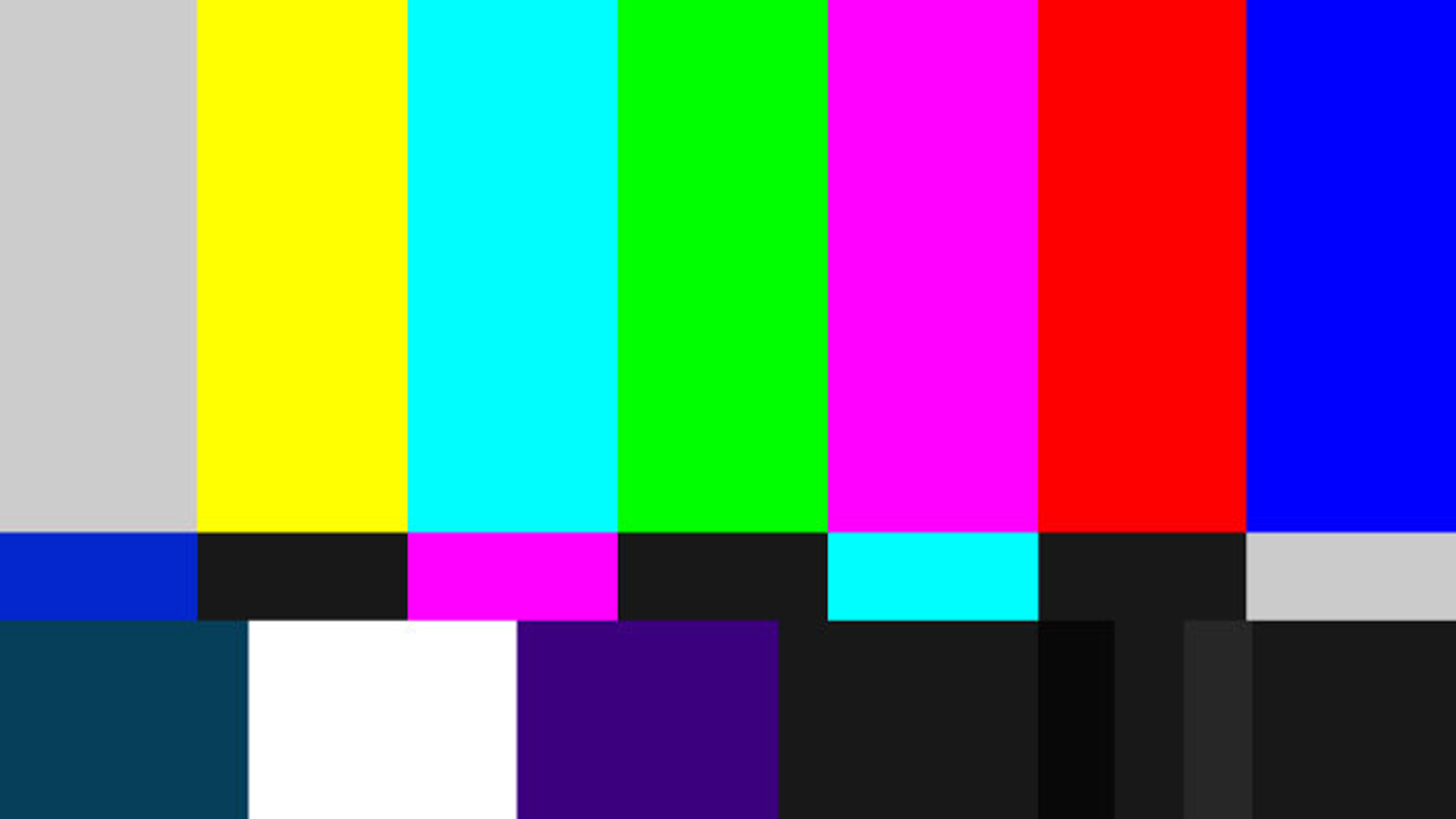
Turn on your monitor and let it run for 30 minutes. This stabilizes the colors and brightness. After that, lower the lights in your room; calibration is best done in a dimly lit room with neutral light. And yes, definitely avoid direct sunlight or colored walls. Done? Good, now ensure your monitor is running at its native resolution. If not, set your monitor to its native resolution in the display settings or via your graphics processing unit (GPU).
Setting up Manual Calibration via OS
Open the image in full screen, then proceed with the calibration.
- On Windows, open Settings, navigate to System, then Display, and finally Advanced Display Settings, followed by Color Calibration. Adjust gamma, brightness, contrast, and color balance. Use the image provided here as a reference until each color appears as intended; for example, blue appears blue, and red appears red. Continue adjusting until then.
- macOS: Open System Settings, navigate to Displays > Color Profile > Calibrate. Follow the assistant for brightness, contrast, and white point (6500K/D65). The image can also be used for calibration on a Mac.
Calibration Guidelines
- Set the brightness in a way that allows blacks to be black while still preserving shadow detail. Then contrast so that the whites are clear, with no loss of highlight detail.
- Color Temperature: 6500K (D65) for most uses; 5000K (D50) for printing photos.
- Gamma: 2.2 for gaming and general use.
- When adjusting colors, follow the image.
- Depending on the game, adjust the tweak blue for FPS and red/green for RPGs (totally optional).
- Adjust the brightness and contrast for deep blacks and crisp highlights.
- Use sRGB for web and Adobe RGB, if supported, for printing work.
- If you obtain a publicly available color profile for your monitor, use it with Windows color management, and then adjust it to your liking.
Once you finish the calibration process, refer to the uniformity checker image below, which will better portray the results of your calibration.
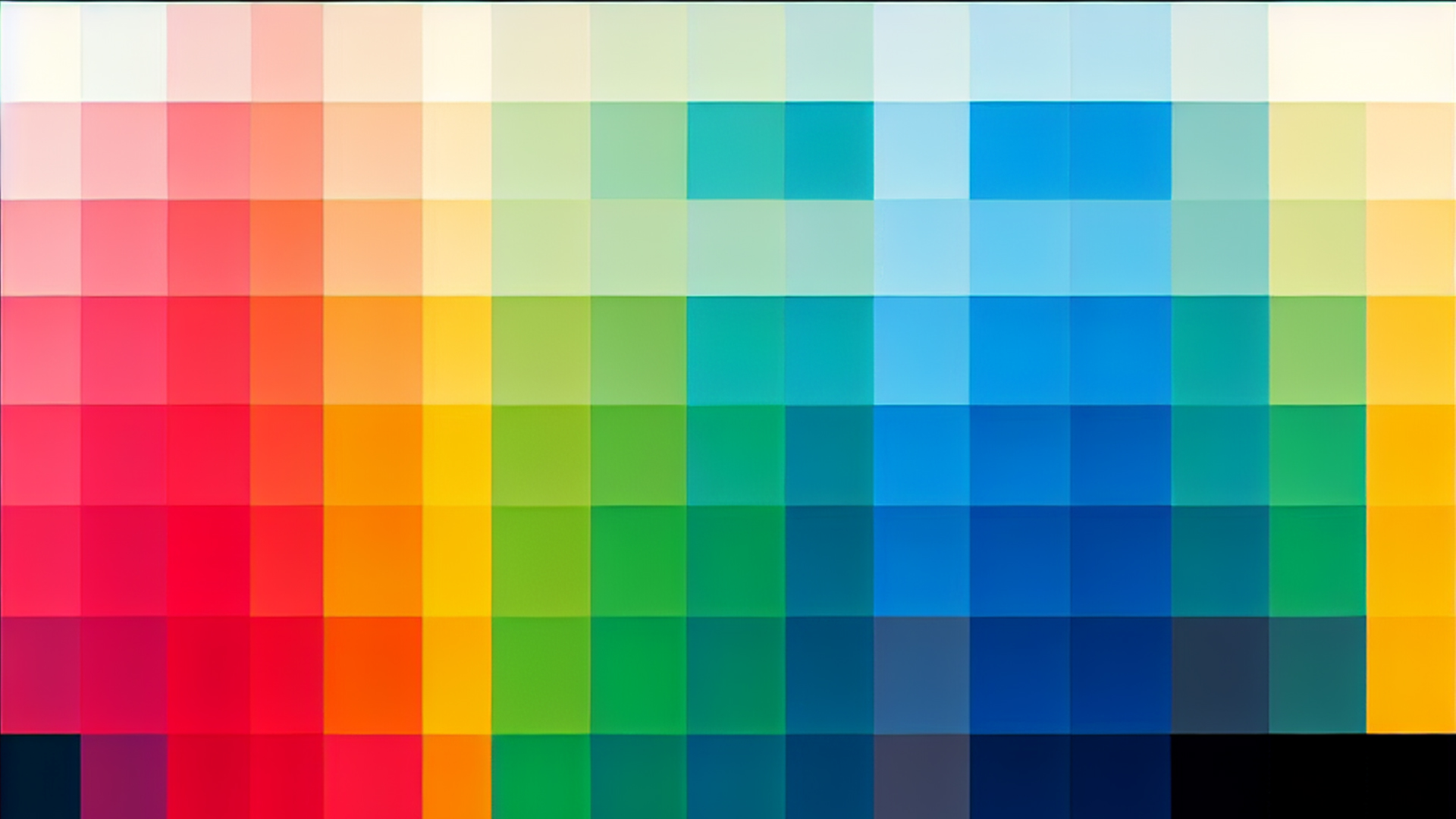
Conclusion
Following the steps mentioned here correctly will result in sharper contrast, accurate colors, and a display that aligns with your gaming or content creation workflow. As mentioned, if you are after Delta E < 1 accuracy and don’t already have the required tools, consider consulting a professional who specializes in this field.
We provide the latest news and “How To’s” for Tech content. Meanwhile, you can check out the following articles related to PC GPUs, CPU and GPU comparisons, mobile phones, and more:
- 5 Best Air Coolers for CPUs in 2025
- ASUS TUF Gaming F16 Release Date, Specifications, Price, and More
- iPhone 16e vs iPhone SE (3rd Gen): Which One To Buy in 2025?
- Powerbeats Pro 2 vs AirPods Pro 2: Which One To Get in 2025
- RTX 5070 Ti vs. RTX 4070 Super: Specs, Price and More Compared
- Windows 11: How To Disable Lock Screen Widgets
 Reddit
Reddit
 Email
Email
